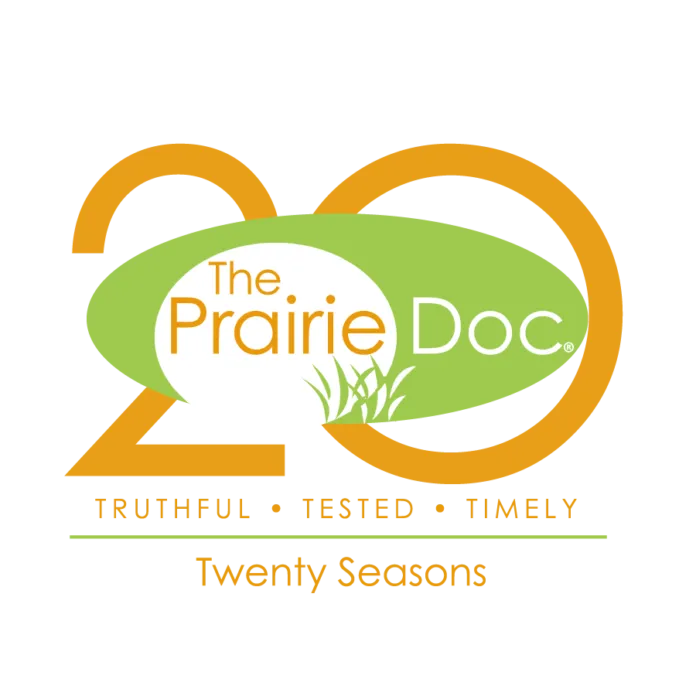High costs and shortages of pharmaceuticals are serious, on-going issues. Drug prices in the US are among the highest in the world. A recent survey by the Rand Corporation looked at drug prices in 32 developed countries. US prices were the highest in the group and were more than twice the average of prices in other countries. What is especially troubling is that the products sold in many of these countries are the same drugs produced by the same manufacturers as those sold in the US at much higher prices.
When it comes to drug prices, consumers – and even third-party payers – have little bargaining power. The reality is, drug companies are free to charge “what the market will bear”.
Recently developed, brand name drugs are typically the most costly. New drugs are usually covered by patents which give the developers exclusive rights to market the product without competition. Patents are for 20 years and begin when a new drug application is filed. This usually occurs years before the product actually comes to market. Nonetheless, companies typically enjoy 10 or more years without any direct competition.
When patents are nearing expiration companies have numerous ways to “game” the system. One of the most common is to make minor, often insignificant, changes in the product and apply for a new patent. Sometimes major producers actually buy up smaller potential generic competitors or pay such companies to delay the introduction of competitive products. Regulators have blocked some but not all such practices.
The patent process is defended as a way to give firms some assurance that they can recoup the expenses they incur if they undertake the costly and highly unpredictable process of drug development. The public clearly has an interest in encouraging new drug development. Critics, however, have pointed out that often much of the early development is done in academic centers, usually at public expense.
Even when patents expire the usual market forces do not always bring about effective cost control. The best example is insulin. There are three major producers of insulin who produce very similar products. Instead of competing on price all three companies progressively raised the retail prices of insulin. Insulin prices in the US climbed to as much as ten times those in Canada. Recent legislation has forced companies to limit out-of-pocket insulin costs for Medicare recipients to no more than $35 per month. Subsequently, public pressure led all three insulin producers to agree to a limit $35 per month for all users. In this situation competition produced real benefits. However, one wonders if the companies can afford to drop the price from over $100 to $35, what was their margin before the reduction?
What about prices that are too low? Some older drugs are still vitally important. In several of these cases the prices – and the profitability – have dropped to the point where producers have left the market leaving us with seriously limited production capacity.
Vincristine is a cancer drug, a key component in the treatment of childhood leukemia. Because of low profitability virtually all vincristine has come from a single manufacturer. When that producer ran into production problems no other source was available. Cancer physicians struggled for months with heart rending decisions of having to ration among seriously ill children the very limited amounts of vincristine they could get.
There are other more recent examples. This past winter there were serious shortages of amoxicillin, a widely used antibiotic and, more recently, we are facing dangerous shortages of albuterol, a key treatment for asthma and COPD. In each of these situations the companies have made what they considered to be sound business decisions but decisions which were clearly not in the public interest.
What to do? Open market principles have often served us well but we need to be smart enough – and tough enough – to recognize when we are benefitting and when we are not. We need regulatory limits that protect creativity and innovation yet prevent price gouging and insure availability of vital medicines. That is a high bar but one we as a society must keep working toward.
Tom Dean, MD is a retired family physician who practiced for over 40 years in Wessington Springs, SD and a past member of the Medicare Payment Advisory Commission (MedPAC). Dr. Dean is a recent inductee into the SD Hall of Fame, these articles were previously published in SD Searchlight. Follow The Prairie Doc® at www.prairiedoc.org and on Facebook featuring On Call with the Prairie Doc®, a medical Q&A show providing health information based on science, built on trust, streaming live on Facebook most Thursdays at 7 p.m. central.





